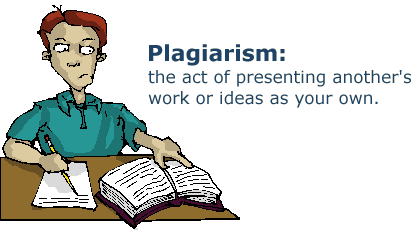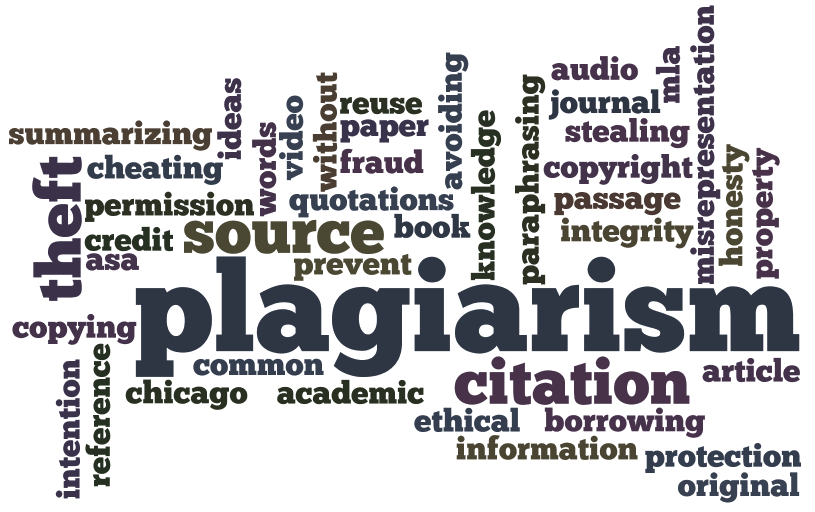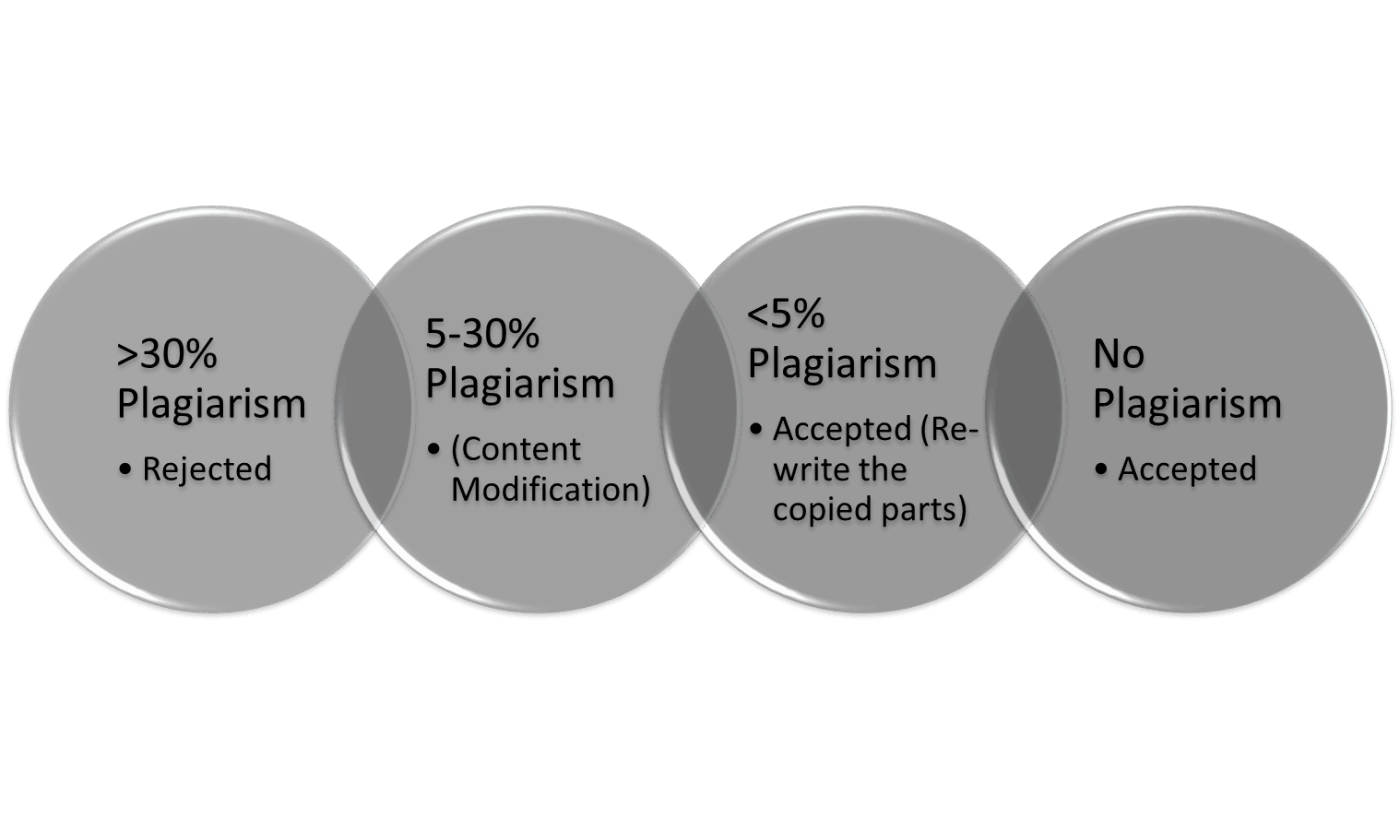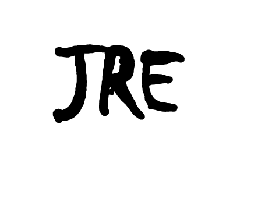

Plagiarism happens if somebody purposefully duplicates others research or if somebody duplicates content without citing the suitable references or by using other’s quote without quotation marks.

Journal of Research in Ecology judge any instance of plagiarism on its point of confinement. In the event that plagiarism is identified by the editorial board number, reviewer, editor, supervisor and so on., in any phase of article process earlier or after acceptance, amid editing or at a galley proof level. We caution the same to the author(s) and will request them to rewrite or to refer the references from where the substance has been taken. On the off chance that over 30% of the paper is plagiarized the article might be rejected and the same is informed to the author.
THE PLAGIARISM CHECK
All the submitted original research for articles publication are checked for plagiarism after submission and prior to peer review.
HANDLING PLAGIARISM
The manuscripts in which the plagiarism is authenticated are taken care of in view of the degree of the plagiarism.
<5% Plagiarism: The article will be accepted but the copied parts of the article are highlighted and will be sent to the author for content modification.
5-30% Plagiarism: The article will not be accepted but the copied parts of the article are highlighted and will be sent to the author for content modification.
>30% Plagiarism: The manuscript will be rejected without any review. The authors are encouraged to modify the manuscript and resubmit the manuscript.
WHY MANUSCRIPTS WITH >30% PLAGIARISM ARE REJECTED:
When the plagiarism is distinguished over 30%, it is noted that the authors are probably not going to modify the original copy and present the modified version. Notwithstanding, authors are welcome to do the required modifications and present the original copy as a new submission.

By any chance you cross an instance of plagiarism in our journal, kindly advise the editorial office(s), giving them the journal names, title of manuscripts, name of authors, volume number, issue number, year of publication and whatever other data that you have. The editorial offices will deal with the cases according to their policy.
IMAGINE A SCENARIO WHERE PLAGIARISM DETECTED AFTER PUBLICATION.
When plagiarism is recognized after publication, the Journals will do a plagiarism review. In the event that counterfeiting or plagiarism is discovered, the journal editorial office will contact the author's institute and finding agencies. The manuscript containing the plagiarism will be highlighted / marked as retracted on each page of the PDF. Contingent upon the degree of the plagiarism, the paper may likewise be formally retracted.

Self-plagiarism is a related issue. In this record we characterize self-plagiarism as the verbatim or close verbatim reuse of huge bits of one's own copyrighted work without refering to the first source. Note that self-plagiarism does not matter to publications in view of the author's own already copyrighted work (e.g., Proceedings of a conference) where an explicit reference is made to the pre-publication. Such reuse does not require quotes to depict the reused data however requires that the source be refered to. When an author’s own copy righted material is needed to be included in his own words then it should be given within the double quotes, provided proper citation should be given. The using of citation without double quotes are not accepted because, the text we see is for us to read and understand but not to be used as such; using as such violated the copy rights of the publisher and author as it is an intellectual property.
CONFIDENTAL OR UNINTENTIONAL
One may not realize that they are plagiarism. It is the author(s) whose duty is to verify that they comprehend the distinction amongst citing and summarizing, and in addition the best possible approach to refer to the material.
CONSPICUOUS / BLATANT
Author(s) aware that plagiarism is - intentionally utilizing another person's thoughts or work without legitimate acknowledgement. This incorporates handing over borrowed or purchased research articles one's own.
SELF
Publishing same texts in two different articles by a same author without getting written permission from the publisher is self-plagiarism.

ADDRESS
Journal of Research in Ecology is run by Redolence Academic Services, Tamil Nadu, South India.
OFFICE CONTACTS
Email: contact@ecologyresearch.info;
submitjre@gmail.com
Phone: +91 8870709052
CONTACT EDITOR